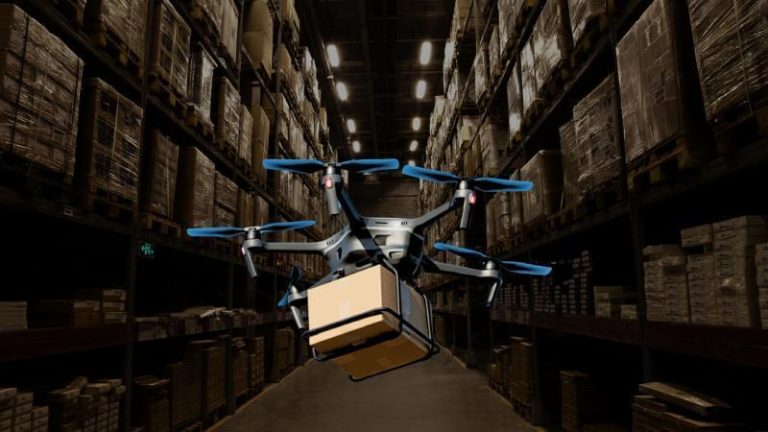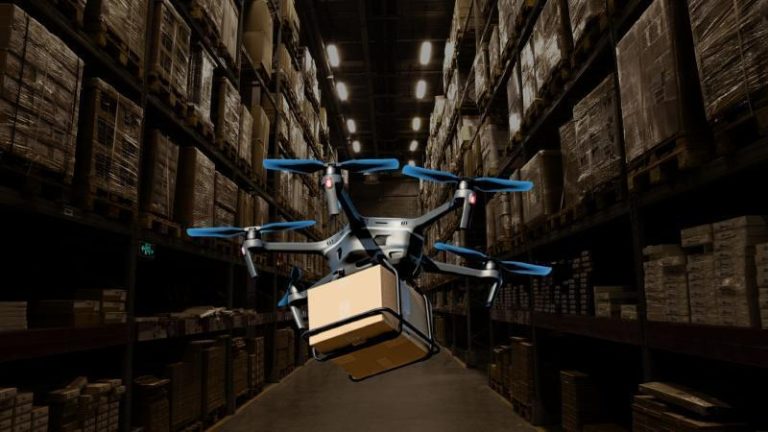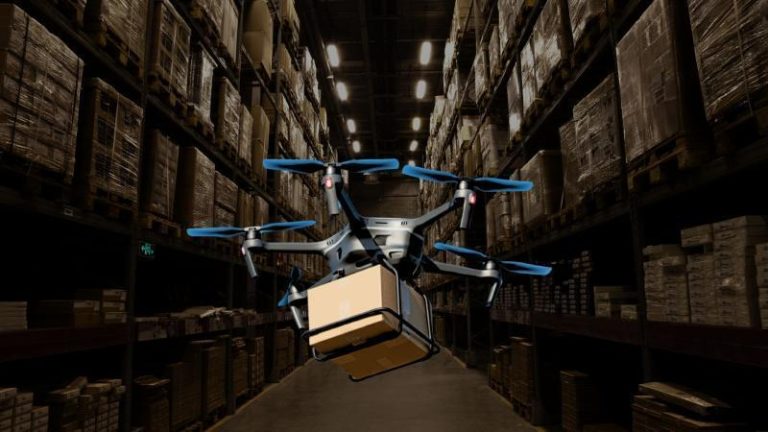
How ISRO’s Subhradip Ghosh played key role in the NISAR mission
The Indian Space Research Organisation (ISRO) has been making waves in the international space community with its numerous successful missions and collaborations. One such notable collaboration is the NASA-ISRO Synthetic Aperture Radar (NISAR) mission, which is set to revolutionize the field of earth observation and remote sensing. Behind the scenes, a Kolkata-based scientist, Subhradip Ghosh, has played a crucial role in the mission’s success. In this blog post, we will delve into the story of Ghosh’s contributions to the NISAR mission and his journey as a scientist at ISRO.
The NISAR Mission
The NISAR mission is a joint project between NASA and ISRO, aimed at studying the Earth’s surface and understanding the effects of climate change. The mission involves the launch of a satellite equipped with a radar system, which will provide high-resolution images of the Earth’s surface. The satellite will be launched into a polar orbit, allowing it to collect data on the Earth’s surface, including deforestation, land degradation, and natural disasters.
Subhradip Ghosh’s Role
Subhradip Ghosh, a scientist at ISRO’s Liquid Propulsion Systems Centre (LPSC) in Thiruvananthapuram, has been instrumental in overseeing the liquid propulsion system of the rocket that will launch the NISAR satellite. Ghosh has been working at ISRO for six years and has gained extensive experience in the field of liquid propulsion systems. His expertise has been crucial in ensuring the successful launch of the rocket, which is expected to be a heavy-lift rocket, measuring 52 meters tall and comprising three stages.
Ghosh’s responsibilities have included designing and testing the rocket’s propulsion system, as well as managing the team of engineers and technicians working on the project. His quiet and unassuming nature has belied his significant contributions to the mission, which have been recognized by his colleagues and superiors.
Ghosh’s Journey at ISRO
Ghosh’s journey at ISRO began in 2015, when he joined the LPSC as a young engineer. Initially, he was part of a team working on the development of a new rocket engine, which was designed to power the PS4+ rocket. After completing his stint on the PS4+ project, Ghosh was chosen to work on the NISAR mission, which presented a unique challenge due to its heavy-lift requirements.
Ghosh’s experience and expertise in liquid propulsion systems have been invaluable to the NISAR mission. His ability to design and test complex systems has ensured that the rocket’s propulsion system is reliable and efficient. Ghosh’s team has worked tirelessly to ensure that the rocket is ready for launch, and their efforts have been recognized by NASA and ISRO officials.
Conclusion
The NISAR mission is a significant milestone in the history of space exploration, and Subhradip Ghosh’s contributions to the mission have been instrumental in its success. Ghosh’s dedication, expertise, and leadership have been crucial in ensuring that the rocket’s propulsion system is ready for launch. As the NISAR mission prepares to launch, Ghosh’s name may not be as well-known as some of his colleagues, but his contributions to the mission will be remembered for years to come.
The story of Subhradip Ghosh is a testament to the talent and dedication of Indian scientists and engineers, who are working tirelessly to push the boundaries of space exploration. Ghosh’s journey at ISRO serves as an inspiration to young scientists and engineers, who are eager to make a difference in the field of space research. As the NISAR mission prepares to launch, we can expect to see more achievements and milestones from Indian scientists and engineers, who are making a significant impact in the international space community.
Source
https://thecsrjournal.in/kolkata-scientist-subhradip-ghosh-force-behind-nisar-launch/






